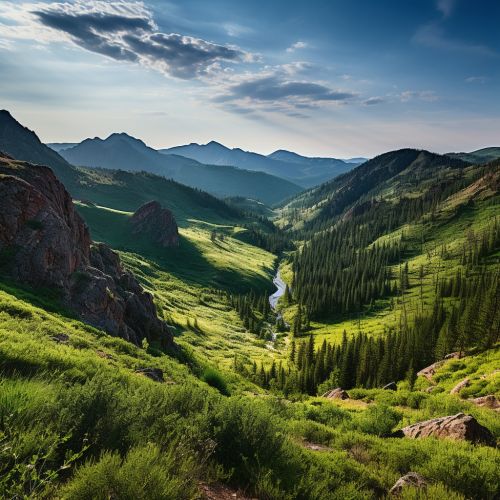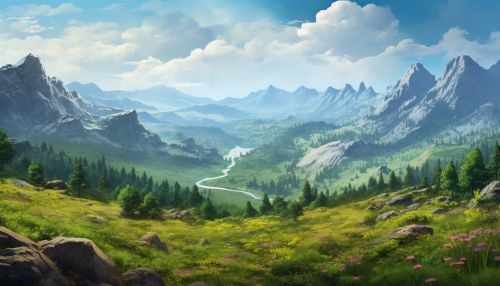Ural Mountains
Geographical Overview
The Ural Mountains, also known simply as the Urals, are a mountain range that runs approximately from north to south through western Russia, from the coast of the Arctic Ocean to the Ural River and northwestern Kazakhstan. The mountains extend about 2,500 kilometers (1,600 mi) forming a natural boundary between Europe and Asia.


Geology
The Urals are among the world's oldest extant mountain ranges, having been formed approximately 300 to 250 million years ago during the Uralian orogeny. This period of mountain building was caused by the collision of the supercontinents Laurasia and Gondwana. The mountains are primarily composed of sedimentary, metamorphic, and igneous rocks that were folded and uplifted during this orogeny.
Physical Geography
The Ural Mountains are divided into five sections at the confluences of the rivers: the Polar, Near-Polar, Northern, Central, and Southern Urals. The highest peak, Mount Narodnaya, is located in the Northern Urals, reaching an elevation of 1,895 meters (6,217 ft). The Central and Southern Urals are lower and are characterized by broad, gentle slopes and wide, deep river valleys.
Flora and Fauna
The Urals are home to a diverse range of ecosystems, with the flora and fauna varying significantly from north to south. The Polar Urals are characterized by tundra vegetation, with mosses, lichens, and dwarf shrubs being the predominant plant species. The Southern Urals, on the other hand, are covered by mixed and deciduous forests, with species such as oak, maple, and ash being common. The Urals are also home to a variety of animal species, including brown bears, wolves, foxes, and lynxes in the forested regions, and reindeer and Arctic foxes in the tundra regions.
History
The Ural Mountains have been inhabited by various groups for thousands of years. The earliest known inhabitants were the Mansi and Khanty, who were hunters and gatherers. In the 16th and 17th centuries, Russian explorers and settlers began to move into the region, drawn by the area's rich mineral resources. The Urals became an important center for mining and metallurgy, and cities such as Yekaterinburg and Chelyabinsk grew rapidly.
Economy
The Ural Mountains region is rich in natural resources, including coal, oil, natural gas, gold, and precious and semi-precious stones. The region is one of Russia's primary industrial areas, with industries such as mining, metallurgy, and chemical production playing a significant role in the economy. The Urals also have a well-developed timber industry, with the vast forests providing a significant source of lumber.
